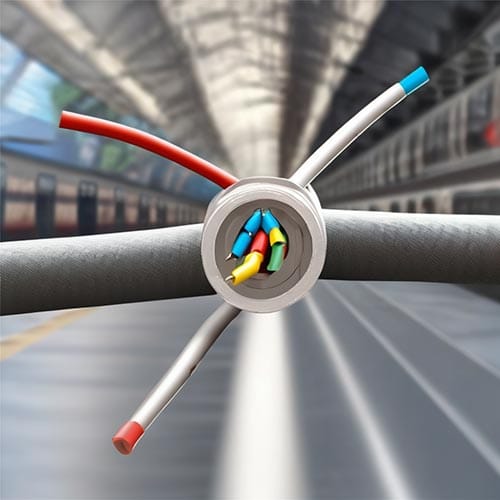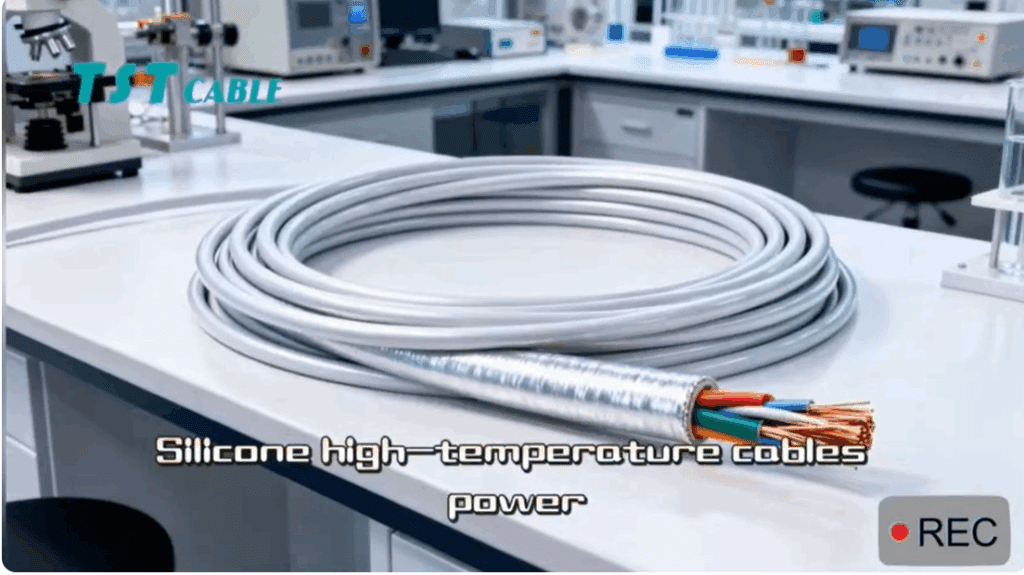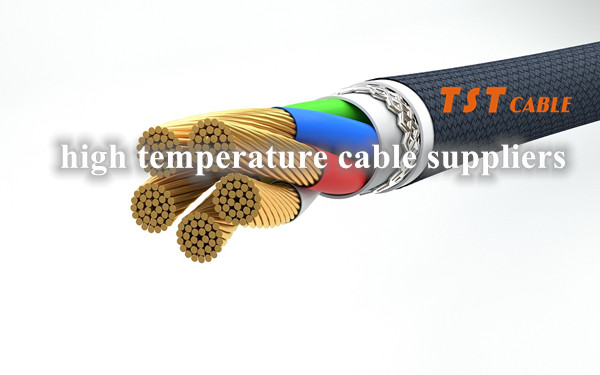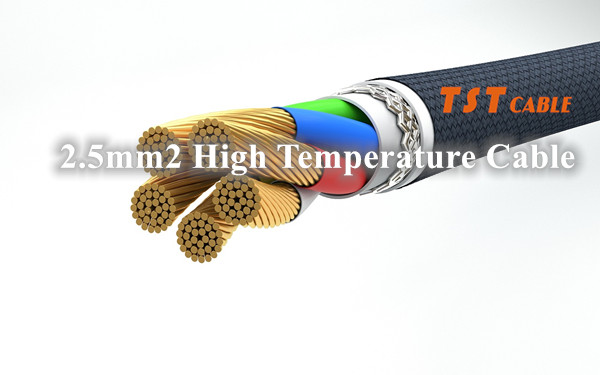High-temperature cables are specially designed cables that can withstand extreme temperatures without compromising their performance or safety. This article aims to explain what high-temperature cables are, their characteristics, their uses, and explore the types of cables commonly used in areas with high temperatures.
What is High-Temperature Cable?
High-temperature cables are cables specifically engineered to operate reliably in environments where temperatures exceed the capabilities of standard cables. These cables are constructed using specialized materials and insulation techniques that enable them to withstand extreme heat without degradation.
Characteristics of High-Temperature Cables:
- Heat Resistance: High-temperature cables are designed to withstand elevated temperatures, typically ranging from 150°C to 1000°C or even higher, depending on the specific cable type.
- Insulation: These cables utilize advanced insulation materials, such as silicone rubber, fluoropolymers, or ceramic, which provide excellent thermal stability and electrical insulation properties.
- Mechanical Strength: High-temperature cables are constructed to maintain their mechanical strength and integrity even under extreme temperature conditions, ensuring long-term reliability.
4.Chemical Resistance: These cables often exhibit resistance to chemicals, oils, solvents, and other substances commonly encountered in high-temperature environments.
Where to use High Temperature Cables?
- Industrial Settings: High temperature cables are utilized in industrial processes where high heat is present, such as steel mills, glass manufacturing, foundries, and power plants.
- Aerospace and Defense: These cables are used in aircraft, spacecraft, and military applications where exposure to high temperatures is common.
- Automotive Industry: High temperature cables are employed in engine compartments, exhaust systems, and other automotive applications that experience extreme heat.
5.Energy and Power Generation: Cables for high-temperature environments are essential in power plants, including nuclear, thermal, and geothermal facilities, where elevated temperatures are encountered.

Which Cable is Used in Areas of High Temperature?
- Silicone Rubber Cables: Silicone rubber cables offer excellent flexibility, high thermal resistance, and good electrical properties. They are widely used in applications where flexibility and heat resistance are crucial.
- PTFE Cables: Cables with PTFE (Polytetrafluoroethylene) insulation have exceptional resistance to high temperatures, chemicals, and electrical conductivity. They are often employed in demanding environments such as chemical plants and aerospace applications.
- Fiberglass Cables: Fiberglass cables consist of a fiberglass braided outer layer and high-temperature insulation. They are known for their excellent thermal resistance and mechanical strength, making them suitable for extreme environments.
4.Mineral Insulated Cables: Mineral insulated cables, also known as MI cables, have a copper or stainless-steel conductor insulated with magnesium oxide (MgO). These cables can withstand extremely high temperatures, making them ideal for critical applications like fire alarm systems and furnace wiring.
If you need high temperature cables,here are other Considerations:
- Temperature Rating: It is crucial to select a high temperature cable with a temperature rating suitable for the specific application to ensure optimum performance and safety.
- Installation Requirements: Proper installation techniques, including correct terminations and cable routing, should be followed to maintain the integrity and performance of high temperature cables.
- Compliance with Standards: High temperature cables should meet relevant industry standards and regulations to ensure their quality and reliability in high-temperature environments.
High temperature cables are essential in environments where extreme heat is present. With their heat resistance, specialized insulation, mechanical strength, and chemical resistance, these cables enable reliable and safe operation even in areas with high temperatures. Depending on the specific requirements of the application, various types of cables, such as silicone rubber, PTFE, fiberglass, or mineral insulated cables, can be used to meet the demands of high-temperature environments effectively.





